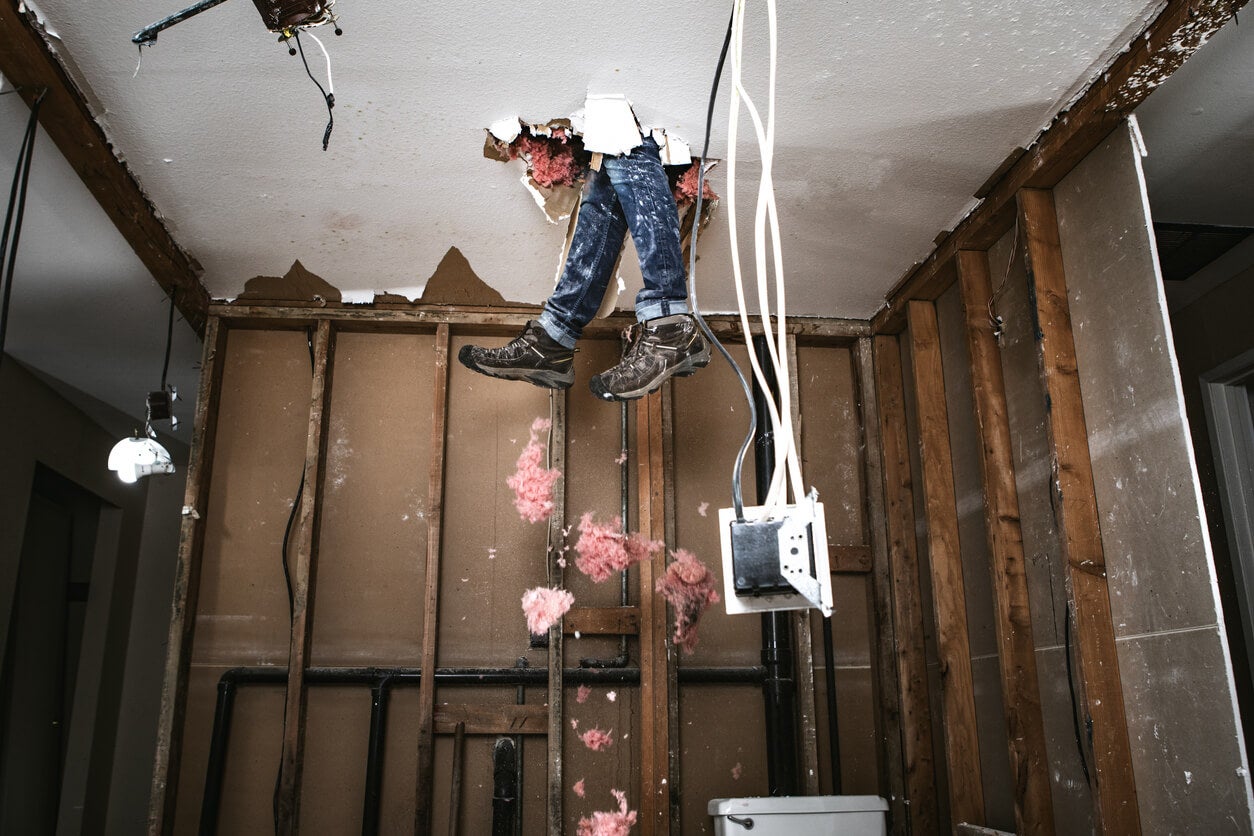Today it seems like the first question we ask when undertaking a project is one of cost. How much does it cost to renovate my kitchen? Can I get this same product at a lower price if I do it myself? If you’ve tried your hand at any do-it-yourself projects, you’ve likely discovered the truth of the matter: some things are better left to the professionals. There’s another side to this truth, though – if you hire a professional for a high-caliber job, it could cost you a pretty penny. So, where do you draw the line? What’s okay to DIY, and what calls for more experienced work? We’ve curated a guide you can use when you’re torn on how to complete your next project.
1. If you have the means and the knowledge, you can do it yourself. But that doesn’t always mean you should. This may sound like common sense, but if you needed a little extra push to encourage you, here it is – you can do it. Chances are, you possess the skills to complete some of the projects you’ve been dreaming of on your own. Sometimes, it doesn’t take long to learn how to do something yourself, either. If you have worked on a similar project in the past, you may be able to apply that knowledge to get the job done at a reasonable cost. There is one caveat to doing it yourself, though – it costs you time and resources. If you don’t have the tools you’ll need already at your disposal, the costs of those combined with the time the project will take you could add up quickly. If you’re always in a state of time-crunch, you may find it’s better to hire a professional and save yourself the headache.
2. Special projects require specialized training. If you’re taking on a major home renovation project or something of the like, odds are you’re going to run into some jobs that require extensive knowledge. For example, you may need to rewire an electrical circuit or install new plumbing fixtures. If you don’t have prior experience or an existing skillset, errors in those areas could be extremely costly. A misstep in electrical wiring could lead to a fire – a much more significant expense than the original cost of hiring a professional. Consider the consequences of doing things by yourself before you attempt them. Would your mistakes cost more to fix than the original price of professional help? If the answer is yes, go with a seasoned pro. 3. Compare the costs with the benefits of each option. Often the best step in the process of making a financial decision is sitting down and considering all of your options. Write out the costs of hiring a professional (in both money and time), as well as the costs of doing it yourself. Include prices of materials, any education or training you might need, and time you’ll spend working on the project. Then take into account the benefits each option will provide you – the quality of the work, saving money/time, how important the job is or anything else you find relevant. Usually, during this process, you’ll realize which option you’re leaning toward. Weigh your possible wins against your losses and decide the best course of action from there. Whether you’re ready to start your next DIY project or you’re just piling away information for the future, we hope this guide helped give you some general and practical tips you can apply to any significant purchase or renovation adventure.Information contained in this blog is for educational and informational purposes only. Nothing contained in this blog should be construed as financial, legal or tax advice. An attorney, financial advisor, and/or tax advisor should be consulted for advice based on your circumstances.
Links to other websites or references to services or applications are provided as a convenience only. A link does not imply SouthEast Bank’s sponsorship or approval of any other site, service or application. SouthEast Bank does not control the content of these sites, services or applications.




